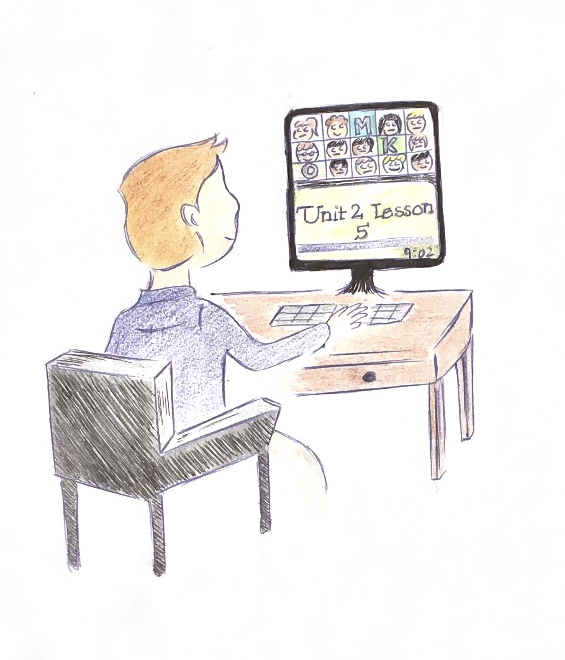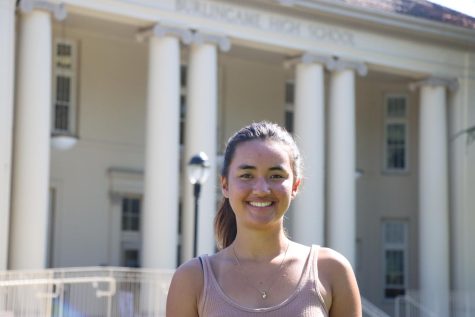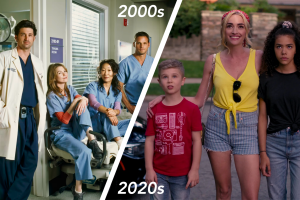Teacher experiences with distance learning
Burlingame teachers hold daily classes over zoom starting at 9:00 a.m.
October 18, 2020
From begging students to talk in a breakout room to staring at a multitude of foreheads on a monitor, teaching in the age of distance learning is a far cry from being at school physically. Teachers have had to drastically revamp their style of teaching.
On July 29, the San Mateo Union High School District (SMUHSD) board formally approved a schedule for synchronous learning. Initially, online, synchronous learning was intended to last for the first six weeks of the school year but the Board later extended it through the first semester. Different teachers had mixed feelings when they found out the news.
Michelle Riley teaches yearbook, intro to ethnic studies, facing history, and on-site credit recovery (O.S.C.R.) and was glad to see this decision.
“I was relieved because I was worried that the Board was going to hold off on making a decision, until it was too late for us to prepare,” Riley said.
Despite the relief of a decision, other hurdles for teachers persist, like how to effectively teach their content virtually during this unprecedented time.
“Yearbook has been five million times harder. Before, I would just have kids teach kids or we’d go out and practice [the necessary skills needed] around school, and then come back, review it, and then work together,” Riley said. “That part has been so much harder to teach online.”
Similarly, Joshua Gnass, who teaches AP European History, American Government and Economics has had to make changes to his classes’ curriculums.
“For [AP] European History, I’ve had to adapt to different activities. I’ve sadly removed a lot of the simulations and kind of fun activities that you can only do in class,” Gnass said. “My classes, no matter what class I teach, I would say [are] at least 50% simulation based, a lot of activities. With a lot of role playing and things like that, so it’s really hard to replicate.”
With all of the struggles that distance learning has brought, both Gnass and Riley admit that learning synchronously has had its perks.
“I think there’s some benefits to teaching online and I definitely think that certain students do really well learning in this environment, maybe like 10%,” Gnass said. “I think it’s a great thing to get us through the situation we’re in.”
Similarly, Riley believes that while the curriculum has changed, the content has not.
“The knowledge is still there. Kids are learning skills, you’re acquiring skills that you’re going to use,” Riley said. “We’re learning how to be engaged in a time when it’s not always engaging.”
There is little dispute that right now is a tough time for many people, and in particular, is a time where one’s outlook on life can shape the course of their future.
“I think people need to maintain perspective. I can’t speak for everybody, but I think that we just have to keep perspective of where we are in history, and kind of look for the things that we should be grateful for, rather than the things that are setting us back, and kind of maintaining a position of gratitude,” Gnass said.
With countless new obstacles to education, both students and teachers are being asked to follow new standards of everyday living they have never done before, and are stepping outside of their comfort zones.
“We can’t be too hard on ourselves,” Gnass said. “You know, this is an incredible Herculean task that society is asking us to do as students and teachers, and I think we’re rising to the occasion.”










































